Christopher Kardambikis: Self-Publish!

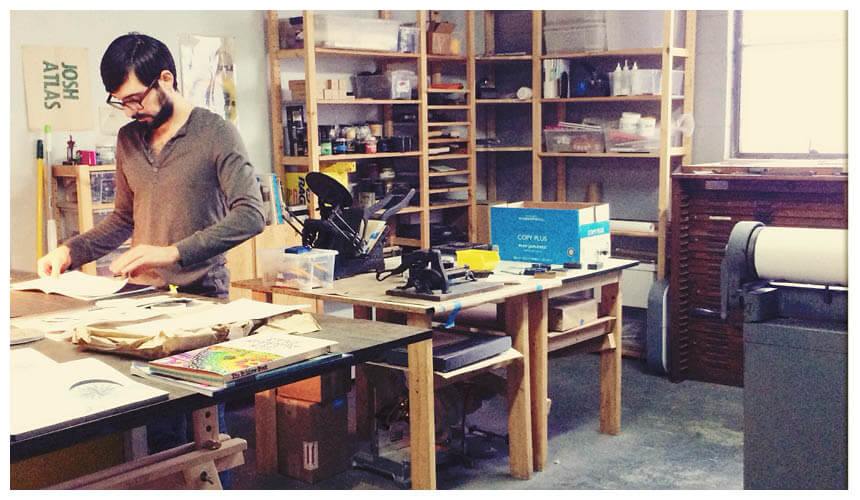
Christopher Kardambikis is a Brooklyn based painter, sculptor, fine art bookmaker, and self-publisher. For over a decade, he has founded a series of art book collectives and presses to produce his work and the works of others. Kardambikis hosts Paper Cuts, a radio show focused on exploring zine making and DIY publishing on Clocktower Radio. His work is wildly creative in layout, binding, paper choice, and challenges the viewer to see the book as a piece of fine art and as a gallery for unique presentations simultaneously.
You are a fine art bookmaker which demands a variety of skills: designer, artist, writer, and publisher. How have you developed your bookmaking technique and what initially inspired you to create books and house your work in a book form?
I’ve always been a bibliophile. I need to have books near me – familiar books for comfort that I can reach for when I need them. I’m constantly searching for new books to read and consume. I started making books while at Carnegie Mellon University in Pittsburgh, learning a number of traditional bindings and being encouraged to play with the form. I started to get really interested in how the book can play with pacing and interaction – how a viewer had to interact with it differently than say a painting or a sculpture or a video piece. The book encodes information in your brain differently than any other technology we have. And that’s something that I like to play with.
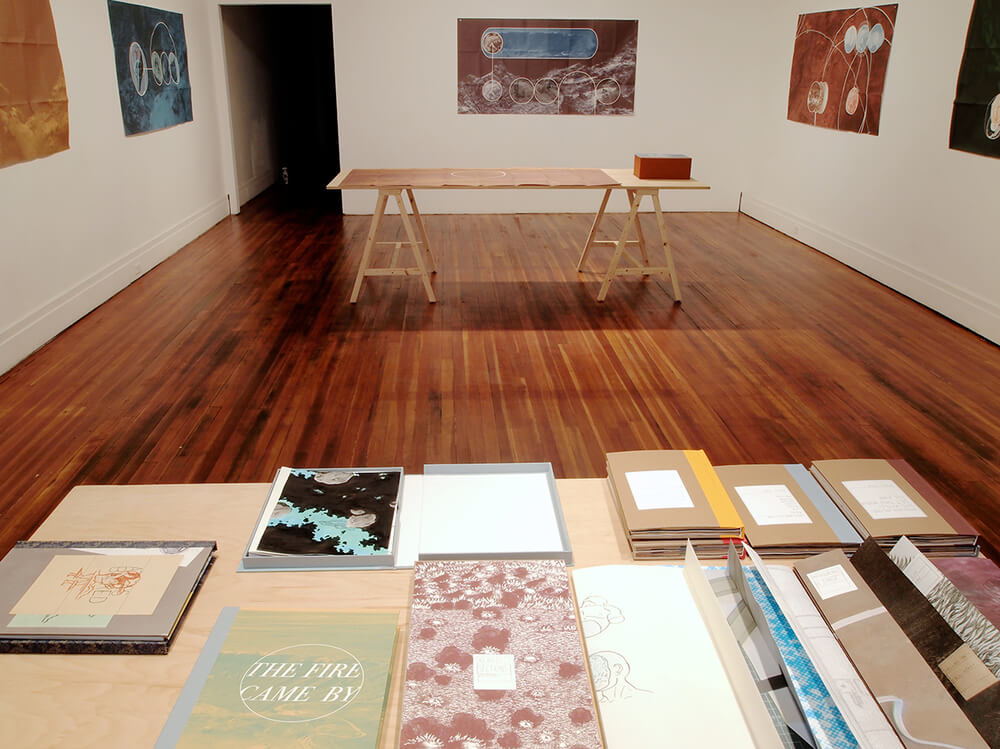
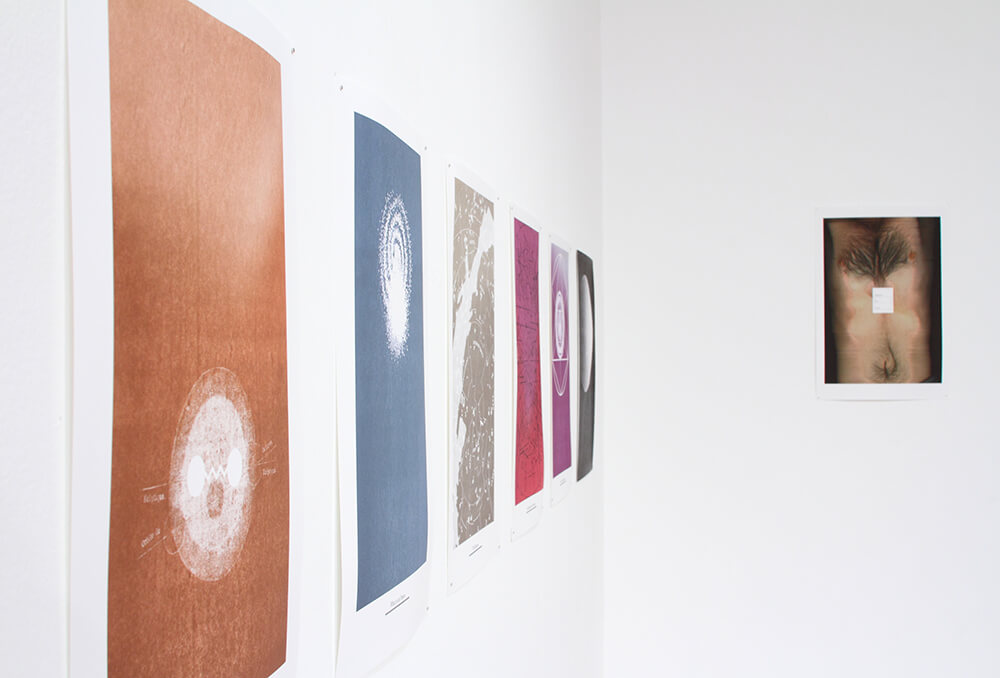
It’s also a form that exists in different worlds. It can be incredibly private but still reach a large audience. I can spend solitary hours in my Paper Cave, folding and gluing and sewing until the sun comes up – but the book also allows me to interact with a large community. I can bring my books and zines to fairs or distribute them locally in stores or online or give zines as gifts to friends. The books can enter library collections and be seen by anyone.
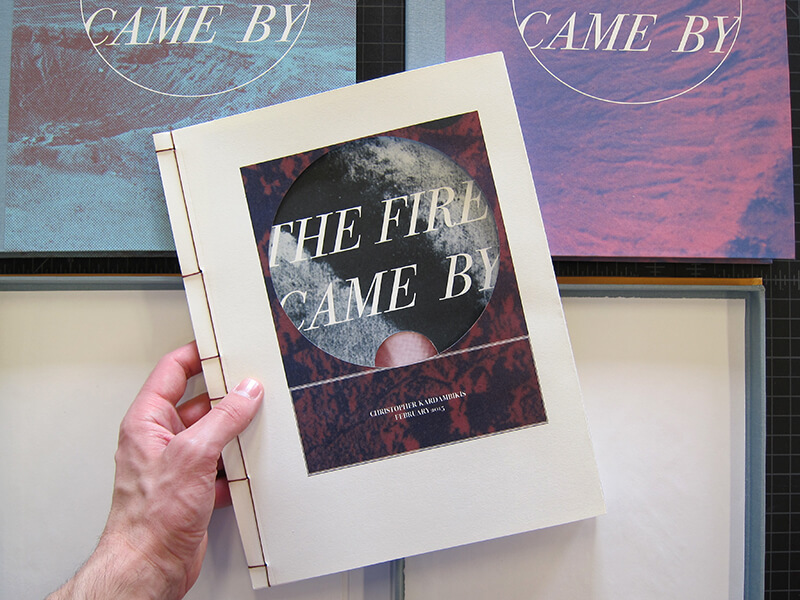
In your young career you have co-founded three artist book and zine projects. Encyclopedia Destructica in Pittsburgh, Gravity and Trajectory in San Diego, and 90 Proof Press in Los Angeles. Tell me about these collaborations and what discoveries you have had along the way when collaborating with others.
I recently taught a long-form zine-making course at Pioneer Works where I kept saying that a zine was a search. Making zines is a way to find other people who are interested in the things that you are interested in and a way to build and support a community. Along those lines, each of those projects were started as ways to get to know the city and the community and the city I was in.
Encyclopedia Destructica was part of my senior project at CMU. I was going to be living in Pittsburgh after graduating and I wanted a way to interact with the art community outside of the campus bubble. I wanted to get to know other artists who were making things in the city and to have the zine be a way to both explore Pittsburgh and the practice of publishing. So learning the city was also learning my craft and learning how to publish. We would invite new collaborators into the fold for each issue and that would radically change the physicality of each issue – it forced experimentation and kept the whole thing really exciting.
Strange Attractors Book Trailer from Harp + Silver. Strange Attractors was edited by edited by Christopher Kardambikis, Jasdeep Khaira, and Suzie Silver.
Gravity and Trajectory (GR//TR) was similar and different. It came about as a way for Louis M. Schmidt and I to collaborate, nerd out on zines together, and instigate the uninitiated into artist books and zines. We would approach artists who hadn’t made a book before and work with them to show through our books. We wanted to treat the zine – this time around a fixed format in terms of physical dimensions and number of pages – as a space. How do you show your work when you’re treating the book as a gallery?
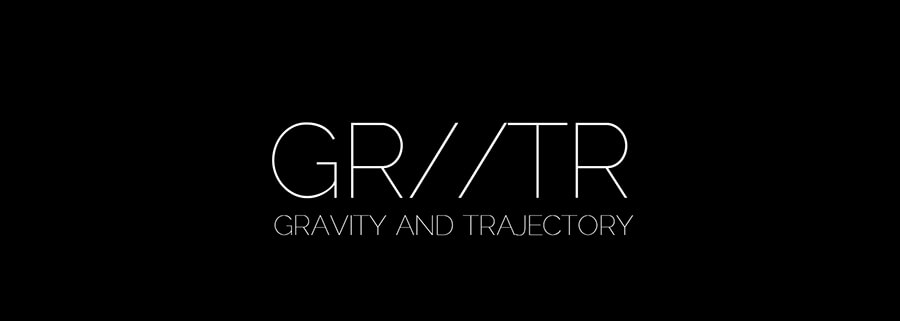
90 Proof Press was in the studio that Jessica Greenfield and I shared in LA. We had come into having a Vandercook proofing press and a small tabletop letterpress. We each had larger inkjet printers and years of experience with design and printing. We wanted to collaborate with each other and help each other out on our individual projects as well as open our studio up to people so we could learn what we could actually do there – what our capabilities were in our new space.
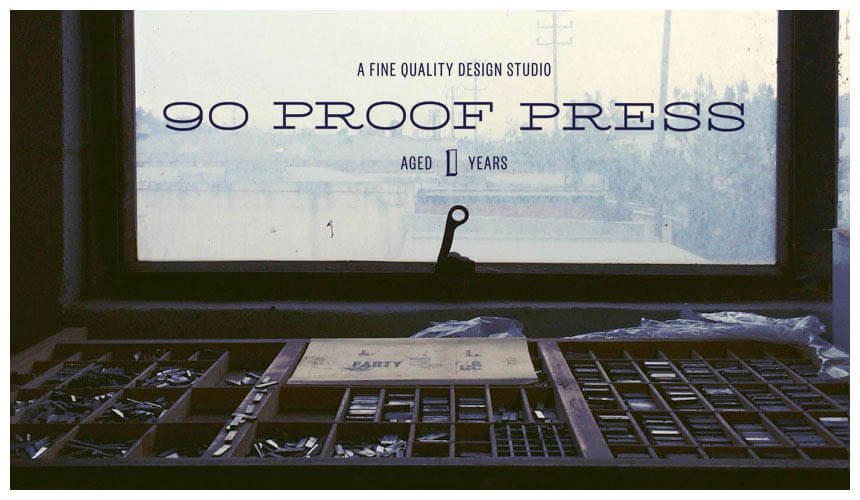

You recently completed an artist-in-residency at Pioneer Works in Red Hook Brooklyn. Describe to me your focus during the residency and the work produced during that time.
I tend to make lists and charts when planning out projects. And Pioneer Works was an opportunity to do something in a larger collaborative and supportive space that I hadn’t really had since school. So going into Pioneer Works I had three things I wanted to focus on in the new studio:
1) My work:
a) The ongoing Book-a-Month Project to keep me actively exploring new materials and processes. Short, intense, editioned projects.
b) Developing a larger body of work outside of the book form – a print/drawing project. I wanted to dive into more of a Science-Fiction landscape as a way to think about travel and work. I was using Verne’s “Off on a Comet” as a departure point. The idea of being in a strange world and the slow violence of moving through space in an unfamiliar or unknown orbit resonated with my being new to the city.
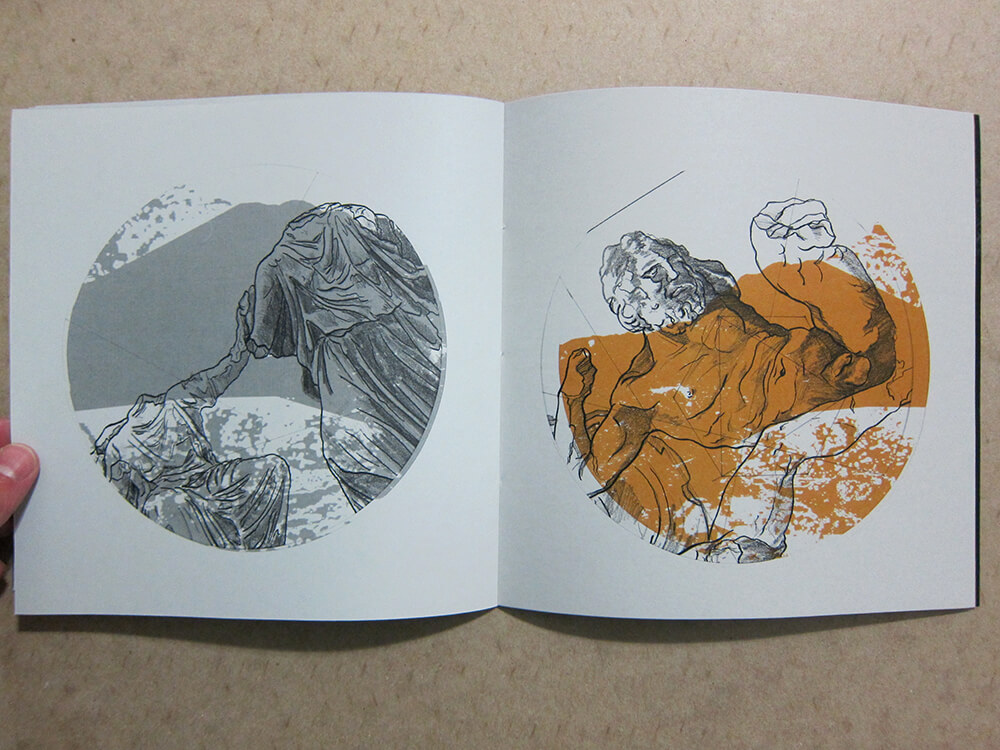

2) Collaborative project to get to know NYC.
As above – thinking of a way to dig deeper into my interests while learning about my new location. This became the Paper Cuts series on Clocktower Radio, which has been such a fantastic experience. I’ve been able to reach out to zinesters and writers whom I’ve either recently met at zine or art book fairs or whose work I have admired from afar for a long time.
3) Teaching a 10-week zine course at Pioneer Works.
Education is important to me. I enjoy having the classroom as a way to figure things out and open up a subject. This was a great way for me to put some of my ideas about zines and publishing into more formal language while crafting a way to talk about the history of self-publishing. And again – how better to get to know the zine community than to teach a class and have your students help you figure it out?
Generally, having a studio in a space like Pioneer Works is such a rare and wonderful opportunity. I wanted to do as much work as possible while I was there, experiment as much as possible, and to develop a system that would allow me to continue the work no matter where I was working from afterwards. So I wanted to be very very present in the building and sink down into work while still feeling out my boundaries and pushing out towards the periphery.
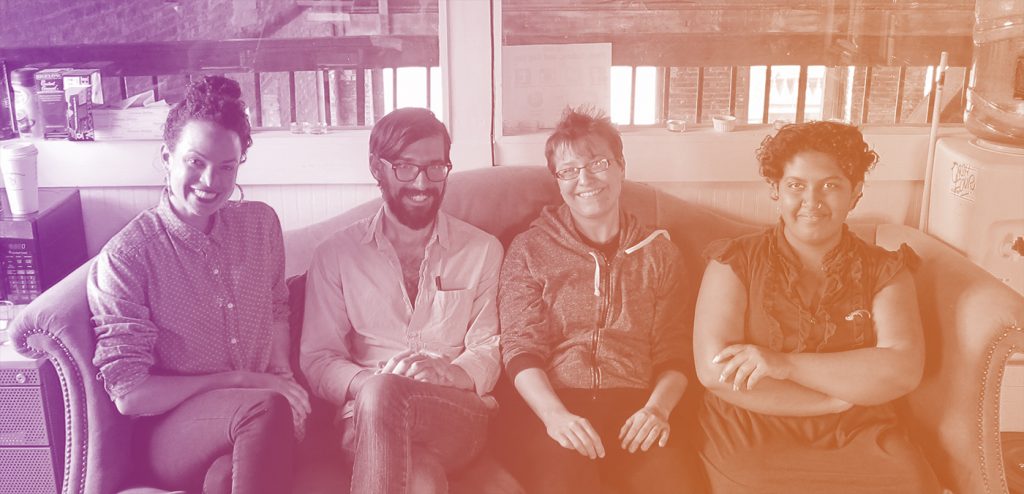
To say that you are “prolific” seems like an understatement. Currently, you are making a Book-a-Month, balancing a radio program, and curated Pulp Atlas, a book and zine exhibition. How do you balance it all? How do each project inform the others and what inspires you on a day-to-day basis?
And working every week day and taking free-lance jobs to make the dollars. And writing up proposals and grants and such. Balancing things? I don’t know if that’s actually a thing I do successfully…but I really really try. I make a lot of lists and organize tasks on color-coded post-it notes. Weekly goals. To-do lists every morning. Revised to-do lists every evening. I try to both stick to those lists and adjust them as some things become more or less of an Immediate Priority. I keep late nights, drink too much coffee, and try my best to accomplish at least a couple tasks on my daily to-do list in the morning before I head to work. A lot of things fall through the cracks, though, and if I’m in production mode then the physical work ends up taking priority over communications and organizing. Hence answering these questions way late with a heap of scrap paper from the last book project next to me…
All the projects tend to bleed into each other in different ways – or build on top of each other. Sometimes it’s surface issues – a design element that I’ve used in a zine or book last month will pop up as a major graphic principle for some free lance work. Or a conversation that I had recording an episode at Clocktower will nudge my brain to think of a book piece differently, and then I’m obsessing over some bit of phrasing that sends me down the rabbit hole. My projects all have very permeable boundaries. Unused book ideas will circle back around as a drawing series and the scraps from everything will all eventually be piled into books like an act of reverse archeology – bury it all and sort it out later.


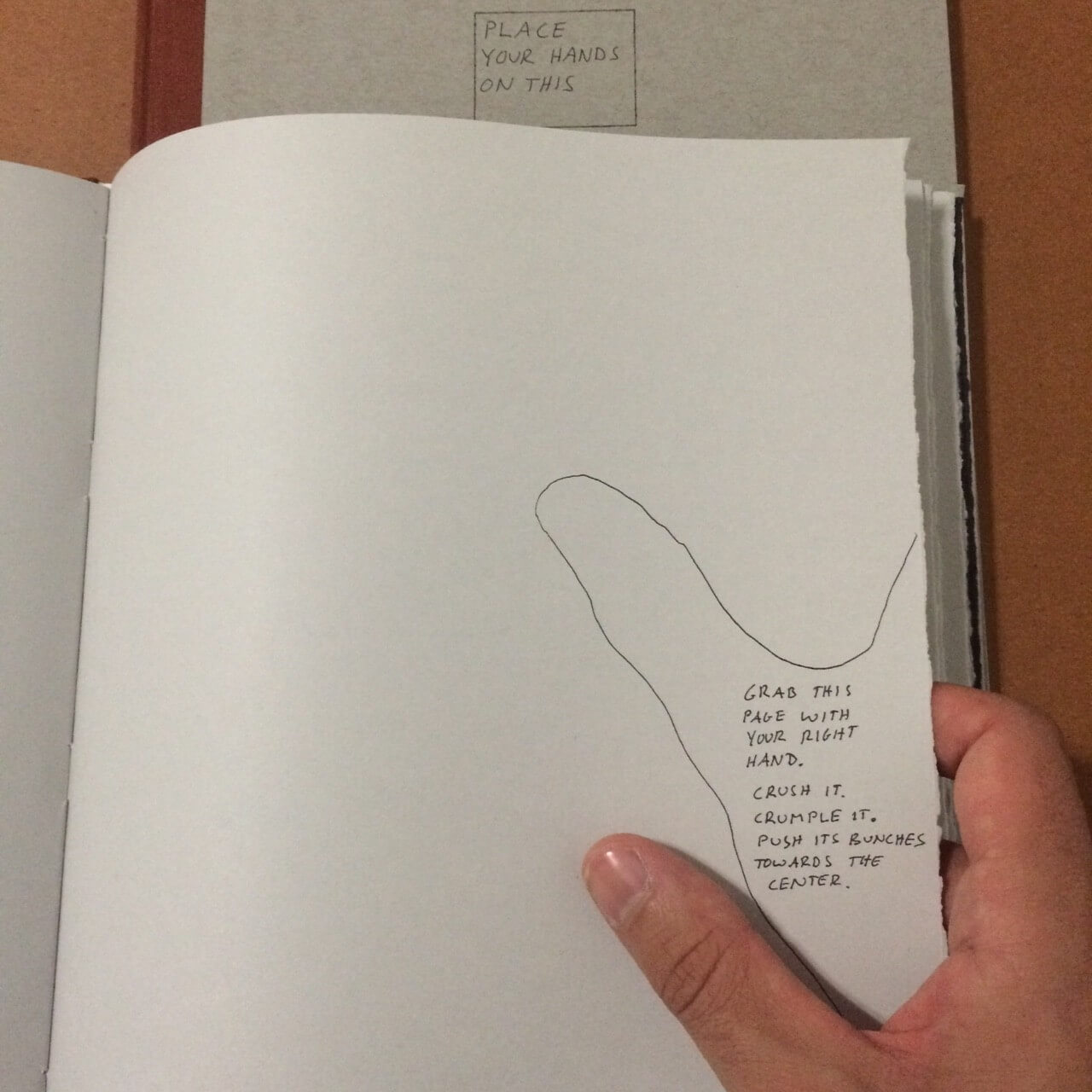
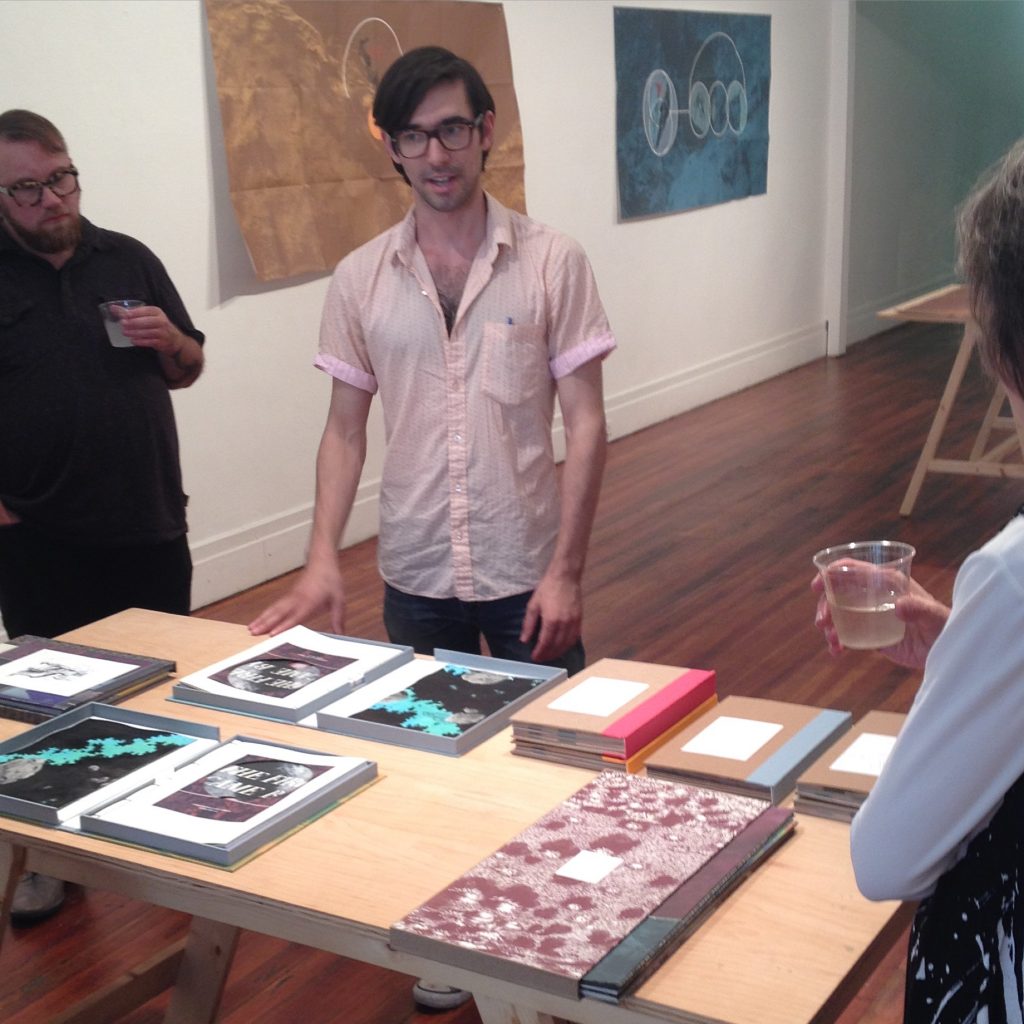
The daily process is less of a lightning flash of inspiration and more of a slow burn. It’s a constant collecting and processing and looking. Consuming as much of what I’m interested in as I can. I carry my sketchbook with me everywhere. I read constantly and keep a steady diet of fiction and follow several writers across blogs, articles, and mailing lists. Gathering ideas that I could endlessly play with and turn over and try to manifest physical objects from. So the work ends up being a physical result of processing everything that I’m taking in and play. At least I hope that the playful elements come through, because it really is a fun process.
What do you have planned for the future?
There’s a few things coming that I’m really excited about. The Paper Cuts program on Clocktower Radio will be expanding a bit – we’re talking about increasing the frequency at which we release the episodes and developing a reading series. I’m very much looking forward to approaching bookstores and venues and putting together readings in fun spaces. I’ll be showing books and prints at PHILALALIA in Philly, a 3 day festival featuring work from poets, small publishers, book artists and zinesters, in September. Also in mid-September is the New York Art Book Fair. I’ll have a table there showing my recent books and zines. I’m producing a new zine for Darin Klein’s upcoming Box of Books project.
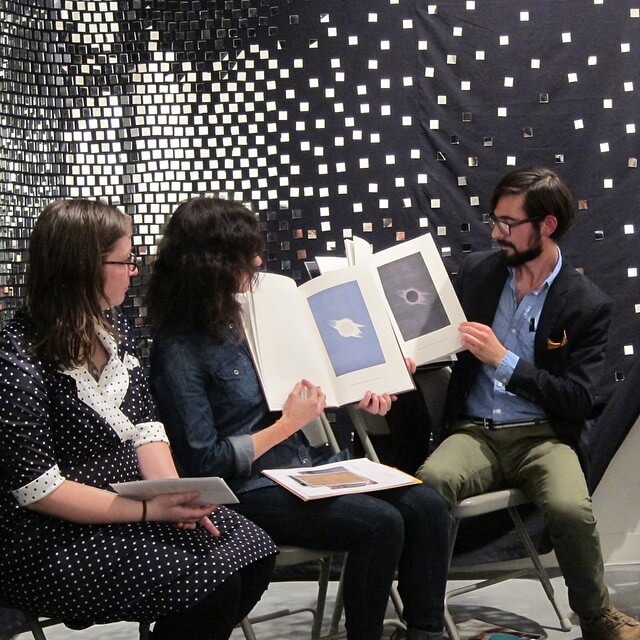
And generally keeping up the work of my ongoing projects. The Book-a-Month series and Paper Cuts are two of my main focuses right now. Time moves really quickly, and I sometimes forget just how long I’ve been in New York until I look back at this project and realize that I’ve already made 6 books since I moved here in January. So – making 6 more books/zines. Future installments will be a short Sci-Fi story I’m working on with my cousin, Dimitrios, and I’ll be tackling a photo book about New Castle which will probably be called Terra Nullious.
Keeping the radio program going is always fun. I am planning out a show for Mexico City and figuring out what the work time-line for that will be. Book-a-month books sometimes happen very quickly – but sometimes they’re planned out a bit more. I’m working with a cousin of mine to make a sci-fi adventure book.
Most recently, a zine I worked on, 3-Pack Jack was just released in LA. You can see more information about it HERE.
You can buy Christopher’s Work HERE.











Responses